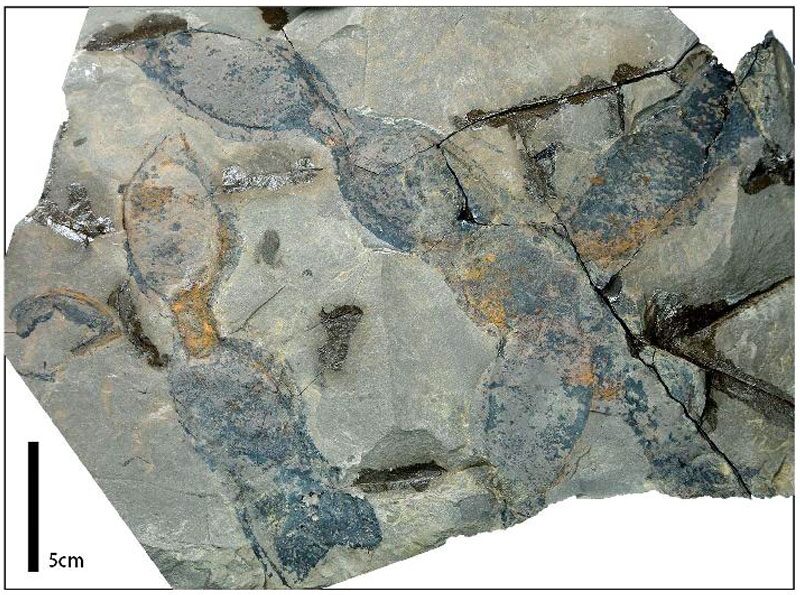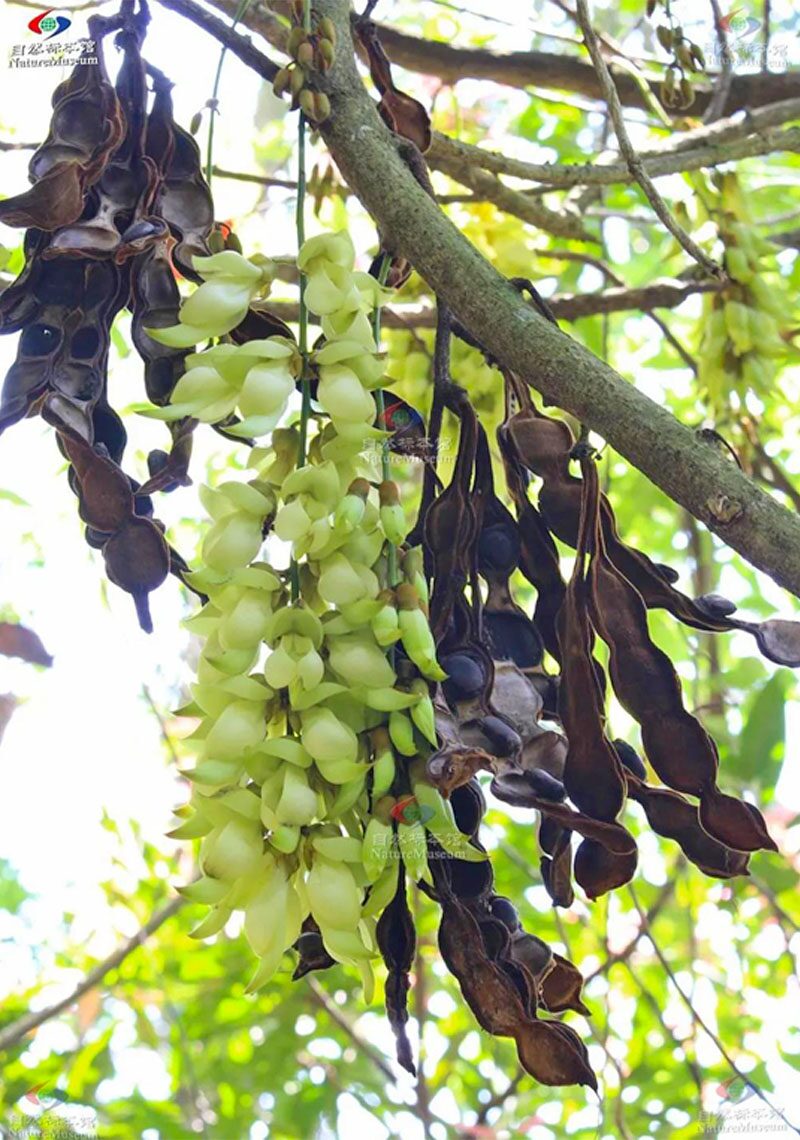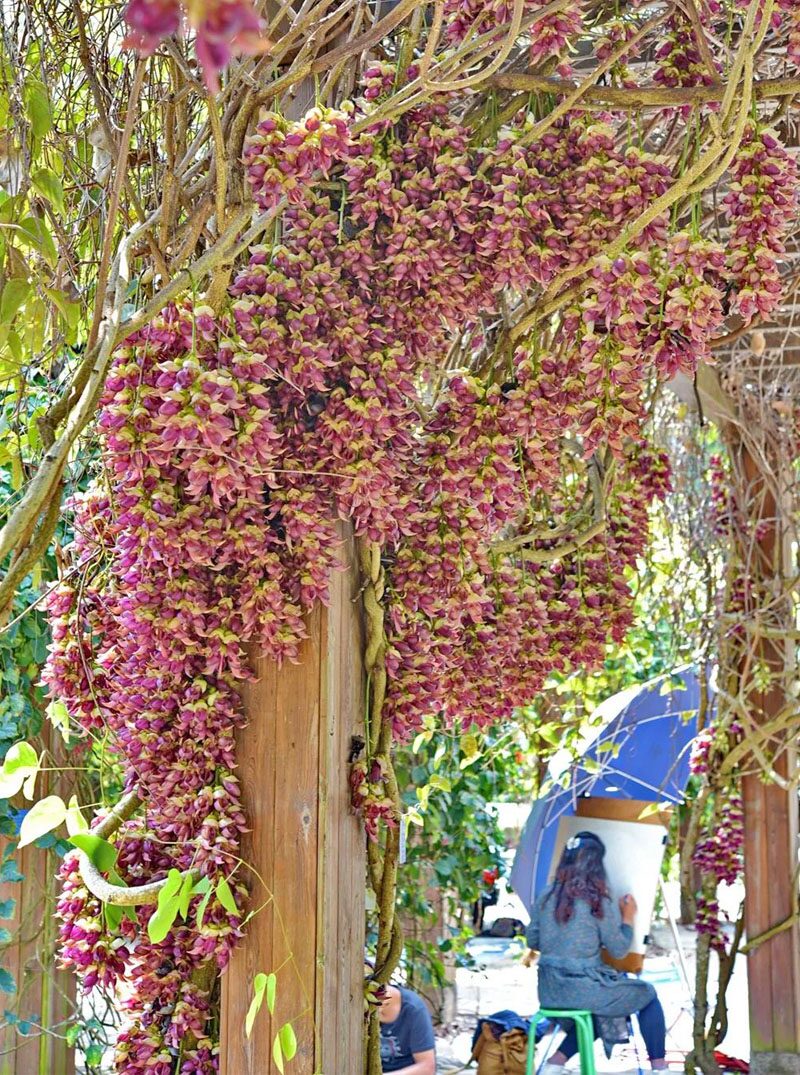คณะวิจัยพบฟอสซิล “หมามุ่ย” ในเวียดนาม-อายุเก่าแก่กว่า 10 ล้านปี!
คณะวิจัยพบฟอสซิล “หมามุ่ย” – วันที่ 14 ม.ค. ซินหัว รายงานจากวารสารบททบทวนทางบรรพพฤกษศาสตร์และเรณูวิทยา (Review of Palaeobotany and Palynology) เปิดเผยว่า คณะนักวิจัยของจีนและเวียดนามขุดพบฟอสซิล “หมามุ่ย” ในพื้นที่ทางตอนเหนือของเวียดนาม โดยฟอสซิลดังกล่าวมีความเก่าแก่ราว 10 ล้านปี
หมามุ่ยเป็นสกุลพืชเถาและไม้พุ่มเขตร้อน มีอยู่ราว 105 สายพันธุ์ และจัดเป็นพืชจำพวกตระกูลถั่วหรือฝัก (legume family) ซึ่งเป็นตระกูลไม้ดอกขนาดใหญ่ที่สุดอันดับสาม โดยพืชชนิดนี้กระจายพันธุ์อย่างแพร่หลายในพื้นที่เขตร้อน และมีศูนย์กลางความหลากหลายอยู่ในเอเชีย

Chinese and Vietnamese researchers have discovered Mucuna fossil pods dating back approximately 10 million years in northern Vietnam, according to a recent research article published in the Review of Palaeobotany and Palynology. First pod record of Mucuna (Papilionoideae, Fabaceae) from the late Miocene of the Yen Bai Basin, northern Vietnam. (Image by Hung Ba Nguyen)
คณะนักวิจัยจากสวนพฤกษศาสตร์เขตร้อนสิบสองปันนา สังกัดสถาบันบัณฑิตวิทยาศาสตร์จีน และสถาบันวิทยาศาสตร์และเทคโนโลยีเวียดนาม ระบุว่าฟอสซิลหมามุ่ยชิ้นนี้มีความยาวกว่า 30 เซนติเมตร มีลักษณะเป็นฝักทรงกระบอกแบนตามแนวยาว มีเมล็ดอย่างน้อย 3-5 เมล็ด มีกลีบปีกหนาคู่หนึ่ง และตรงปลายมีจงอยทรงกรวย
การค้นพบดังกล่าวสนับสนุนสมมติฐานในปัจจุบันที่ว่าหมามุ่ยมีต้นกำเนิดอยู่ในเอเชีย รวมถึงบ่งชี้ว่าหมามุ่ยกระจายพันธุ์และปรับตัวเข้ากับป่าฝนเขตร้อนชื้นทางตอนเหนือของเวียดนาม นับตั้งแต่ช่วงปลายยุคไมโอซีนเป็นอย่างน้อย

Living Mucuna cf. birdwoodiana. Mucuna is a pantropical genus with approximately 105 extant species of climbing lianas and shrubs in the legume family, the third-largest family of flowering plants. It is widely distributed in pantropical areas, with its center of diversity located in Asia. (Image by Nature Museum)

M. macrocarpa blosoming in Xishuangbanna Tropical Botanical Garden. The discovery supports the existing hypothesis that the Mucuna genus originated in Asia, and implies that the genus has been presented and has adapted to the humid tropical rainforests in northern Vietnam since at least the late Miocene. (Image by XTBG)
ข่าวที่เกี่ยวข้อง:














